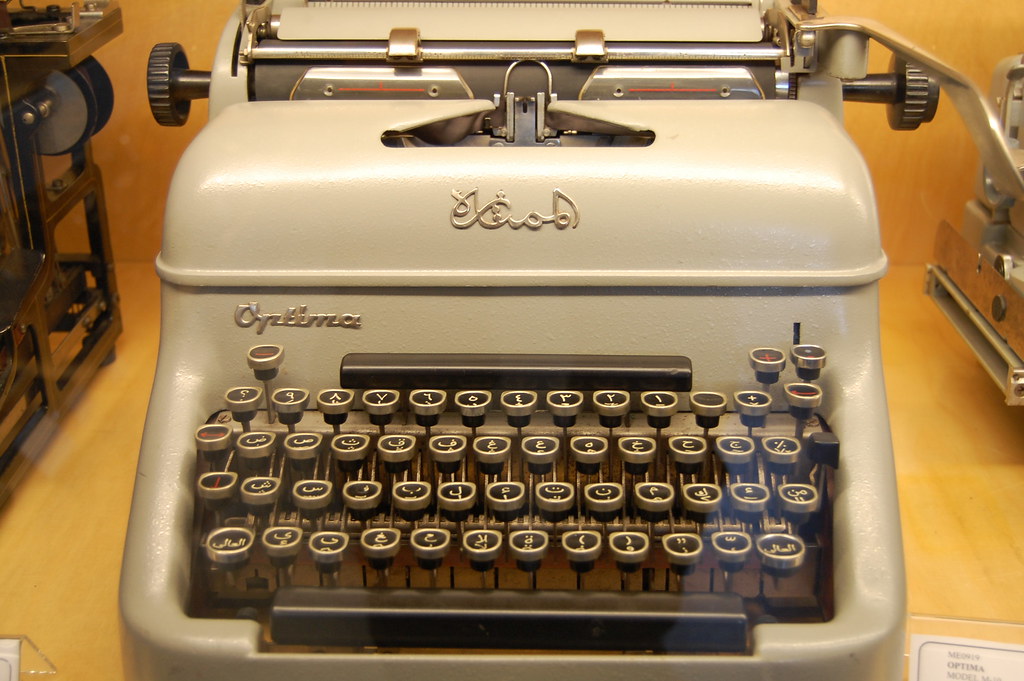From ink to paper, the story of the Arabic typewriter is puzzling; a story of two worlds that unraveled a pool of questions, but first the most important one is: who invented the Arabic typewriter? Selim Haddad and Phillip Waked have both claimed the titles of the Arabic typewriter inventors, with both of their families passing down the legacy to generations. The begged question was brought to light when Walid Waked, who has been told all his life that his great grandfather Phillip, born in Beirut in 1871, invented the Arabic typewriter. A few years later, a late- discovery altered the course of history Walid believed all his life. In an interview with Kerning Cultures, the leading podcast network in the Middle East, Waked spoke about the discovery that changed his life. Waked initially found out his grandfather’s legacy when he was sorting through his grandmother’s cupboard in Egypt and found documents of US patents about his great grandfather’s invention. In an investigation, director of the Technology Transfer Office at the American University in Cairo (AUC), Ahmed El Leithy, one of Walid’s childhood friends, found a similar invention to what…



